Build-a-Calf Workshop
Students explore concepts of heredity in beef cattle and identify dominant and recessive traits.
Students explore concepts of heredity in beef cattle and identify dominant and recessive traits.
Students identify different machines used on farms and what they do. Grades PreK-K
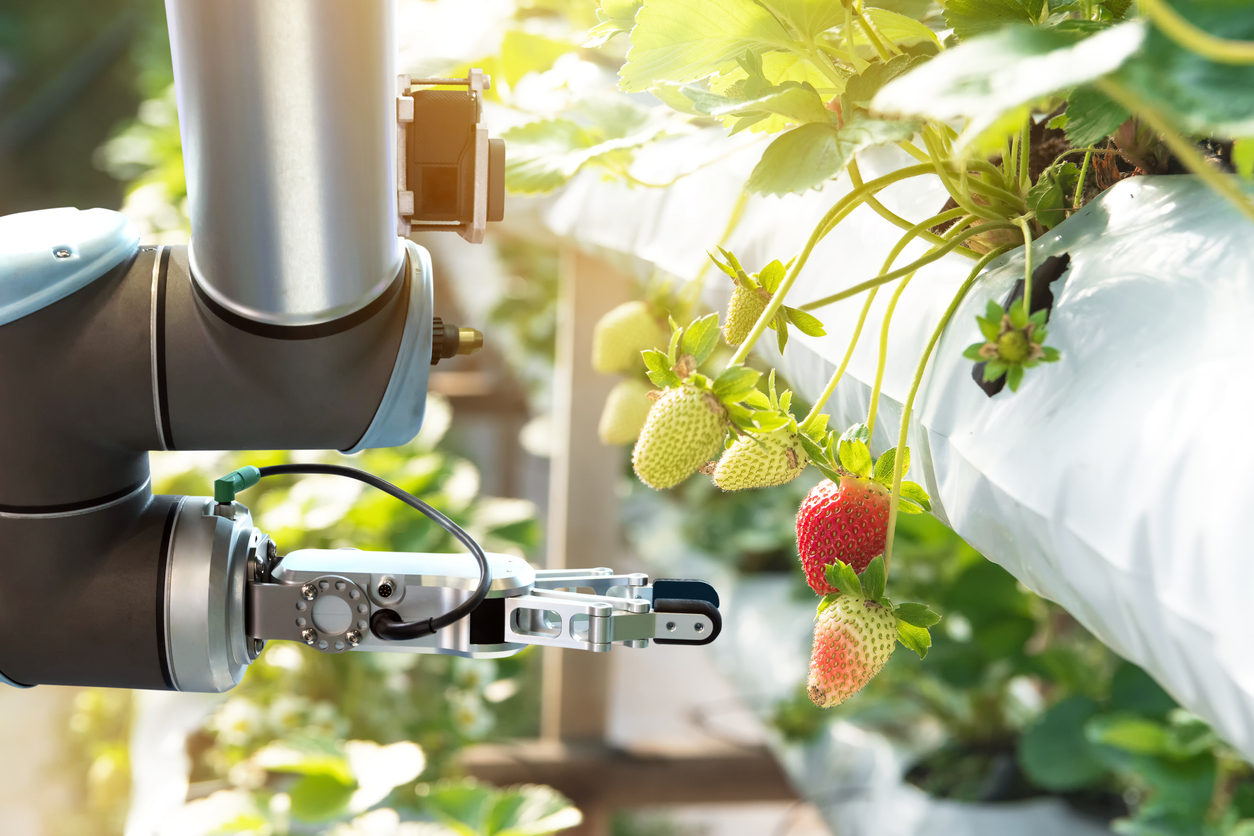
Through project-based learning, students examine fruit and vegetable farms to discover the amount of manual labor required to plant, grow, and harvest some of our food. They research the business economics of farm management, the plant life cycle, and the requirements and challenges faced in reducing manual labor through mechanization or robotics. Students present their findings to an agricultural engineer to begin developing a solution to farm labor shortages.
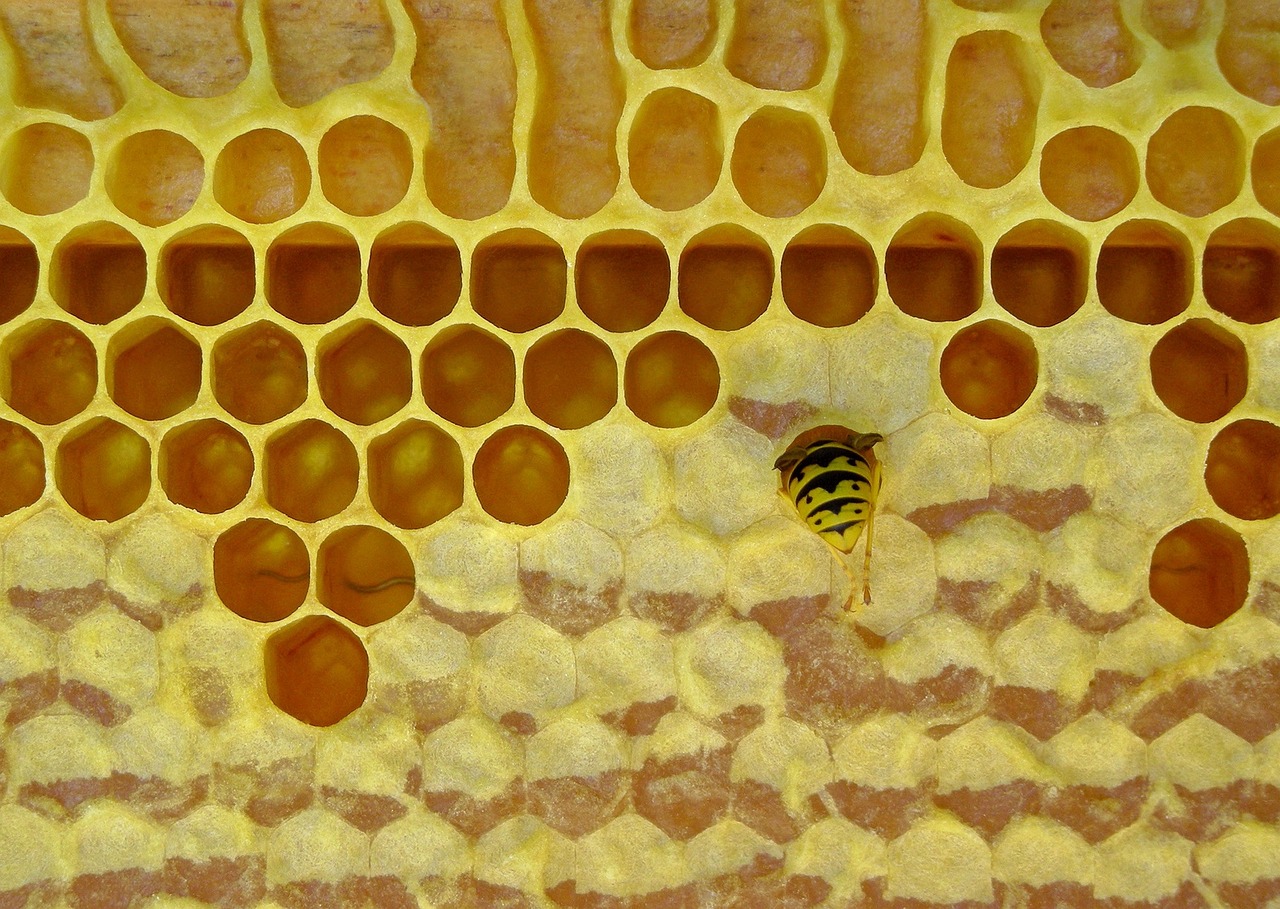
Through project-based learning, students solve the problem of excess beeswax, a byproduct of honey bees, by developing a useful beeswax product and marketing their product to be sold in a local boutique or farmers market.
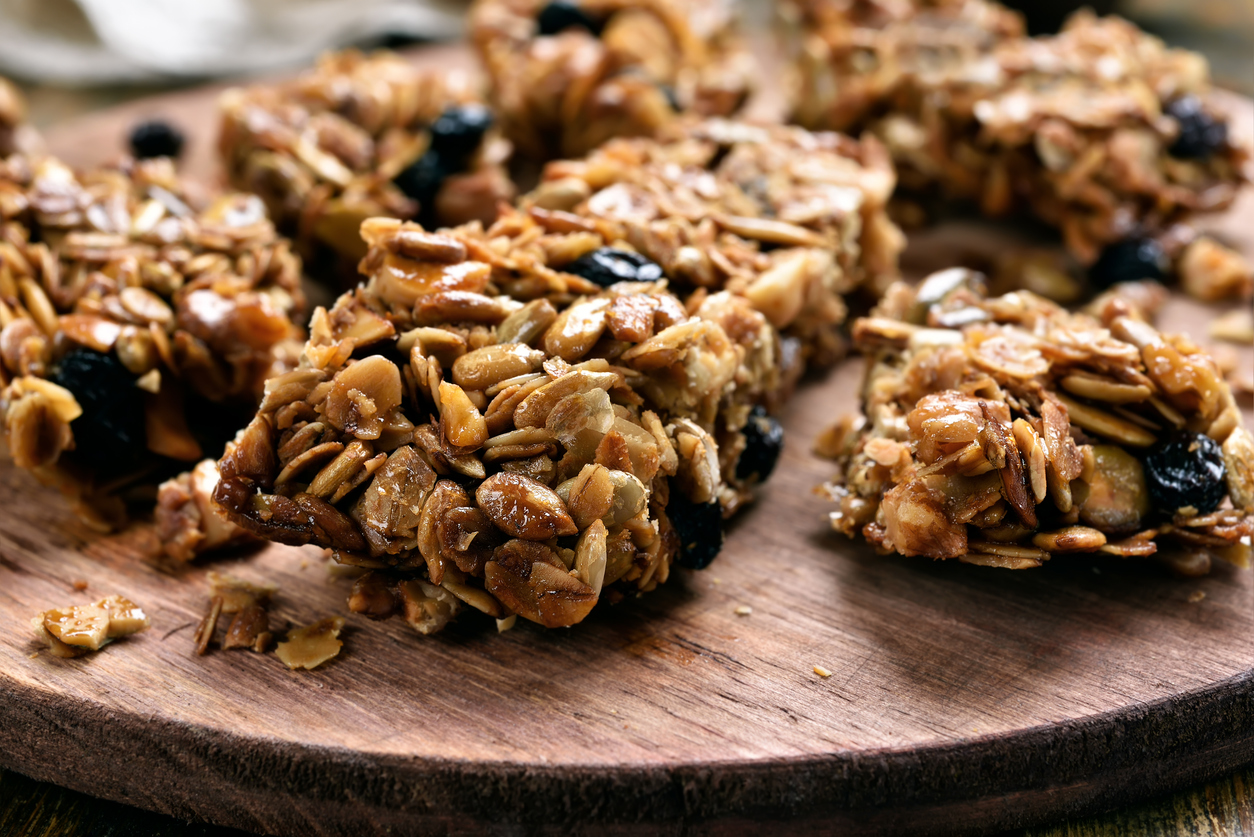
Through project-based learning, students will develop, market, and brand a healthy energy bar and packaging to be sold to a target audience.
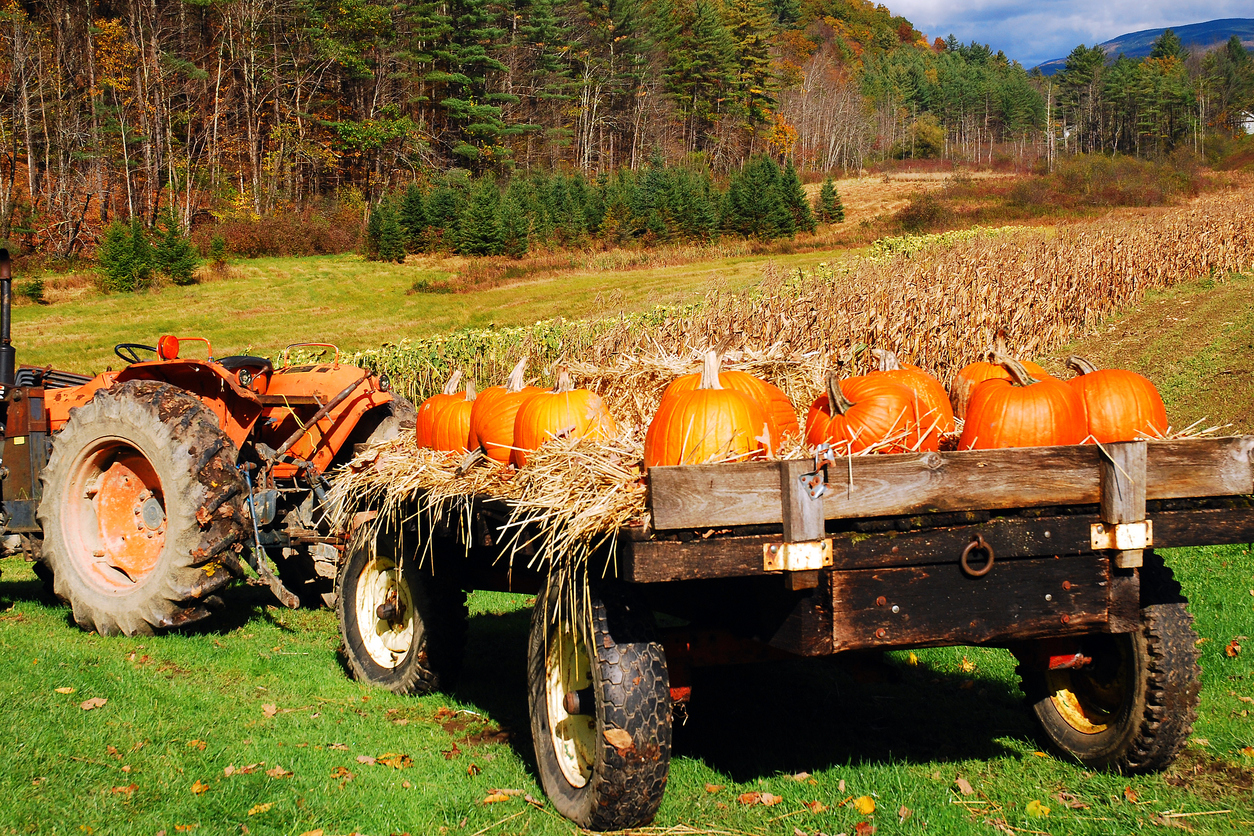
Through project-based learning, students will work in groups to design an agritourism experience that will increase profits for a family-owned farm and provide agricultural literacy opportunities for community members.
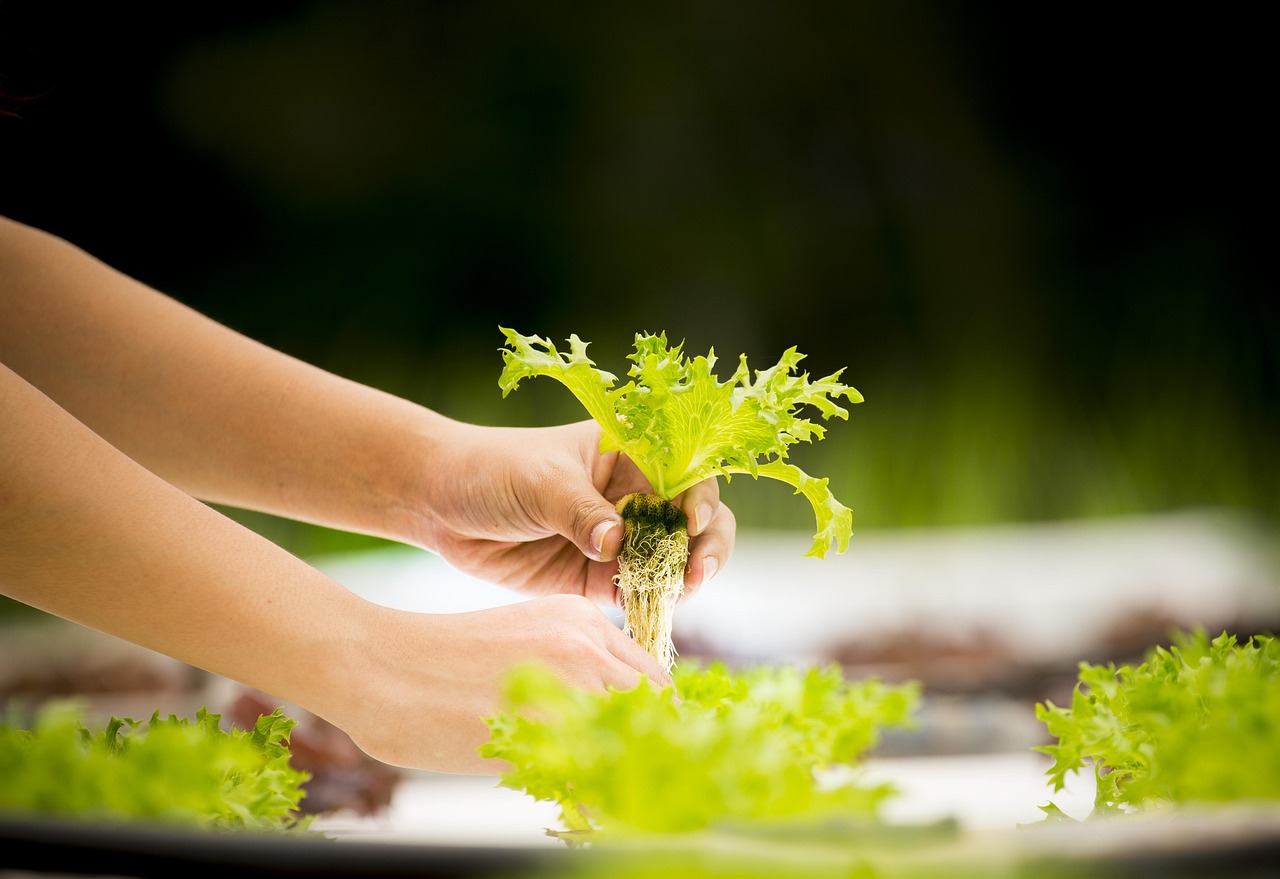
After learning the five basic requirements of plant growth, students discuss terms related to hydroponics. Students then build and maintain hydroponic units from soda bottles.
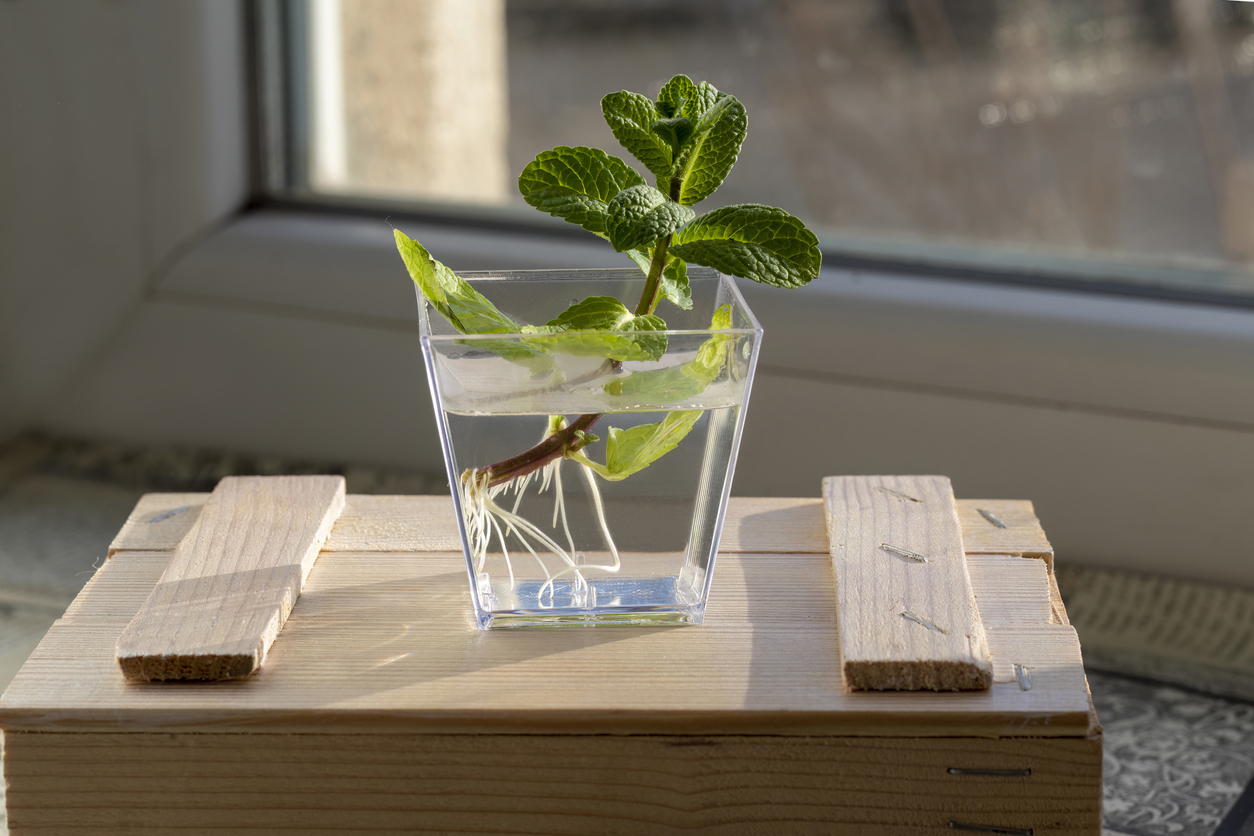
Students will learn about two types of plant propagation – seed planting (sexual) and stem cuttings (asexual) and recognize the genetic differences in these processes, as well as the advantages and disadvantages of each method.
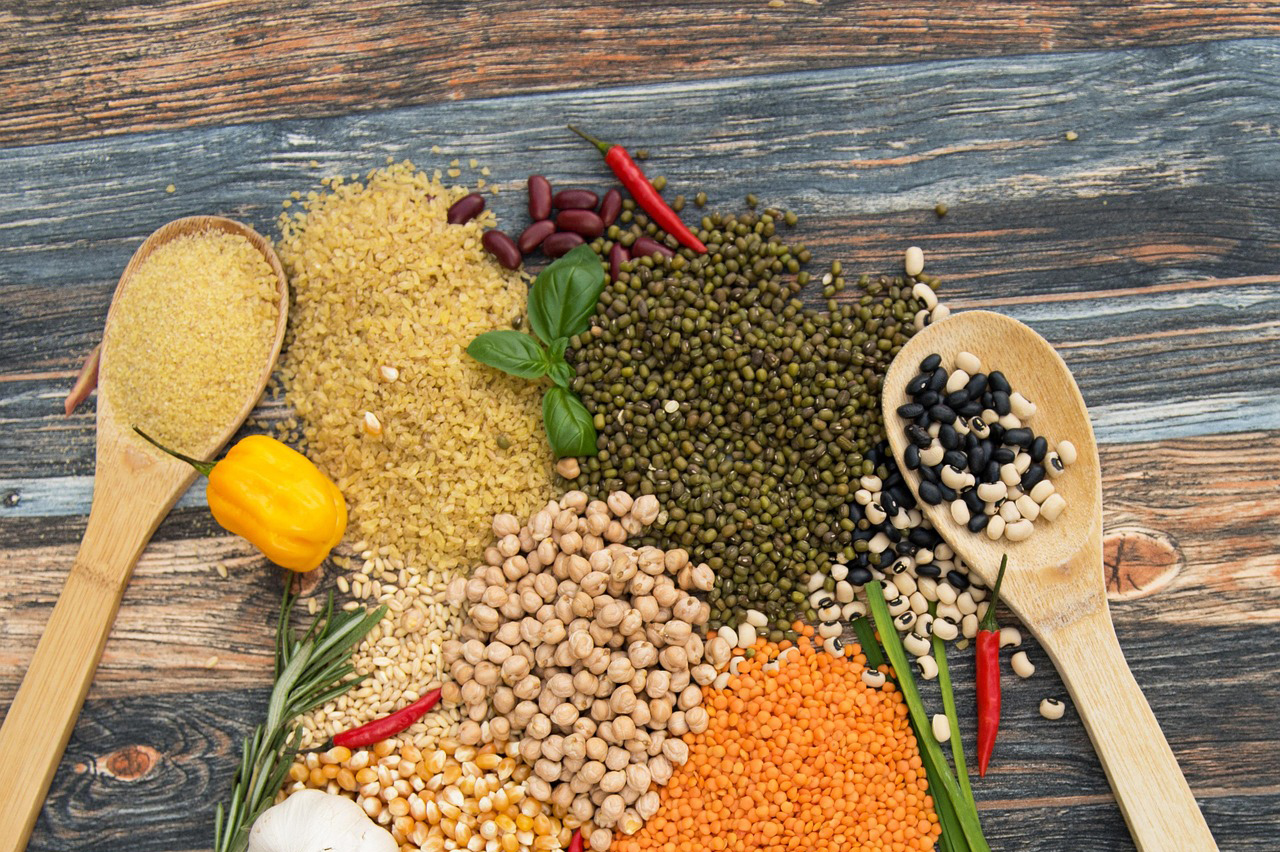
This lesson introduces agriculture as a managed system that has environmental impacts, and how farmers employ practices such as growing pulses to minimize these impacts.

Students will recognize that plants remove nutrients from the soil, explain the roles of diffusion and active transport in moving nutrients from the soil to the plant, and relate the root and vascular systems of the plant to the human circulatory system.
Using an inquiry approach, students will develop an investigation to determine the difference between two juices. Food safety will be discussed in relation to the results of the investigations. Students will have the opportunity to discover how pasteurization reduces the number of microorganisms in a food such as juice.

In this lesson students will learn about foodborne illness, its prevention, and the people and organizations that are involved in food safety. Students will conduct an experiment to learn how hand-washing affects the presence of bacteria on their hands.